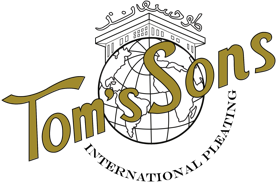How to order straight side pleating
Straight Side Pleating Gallery
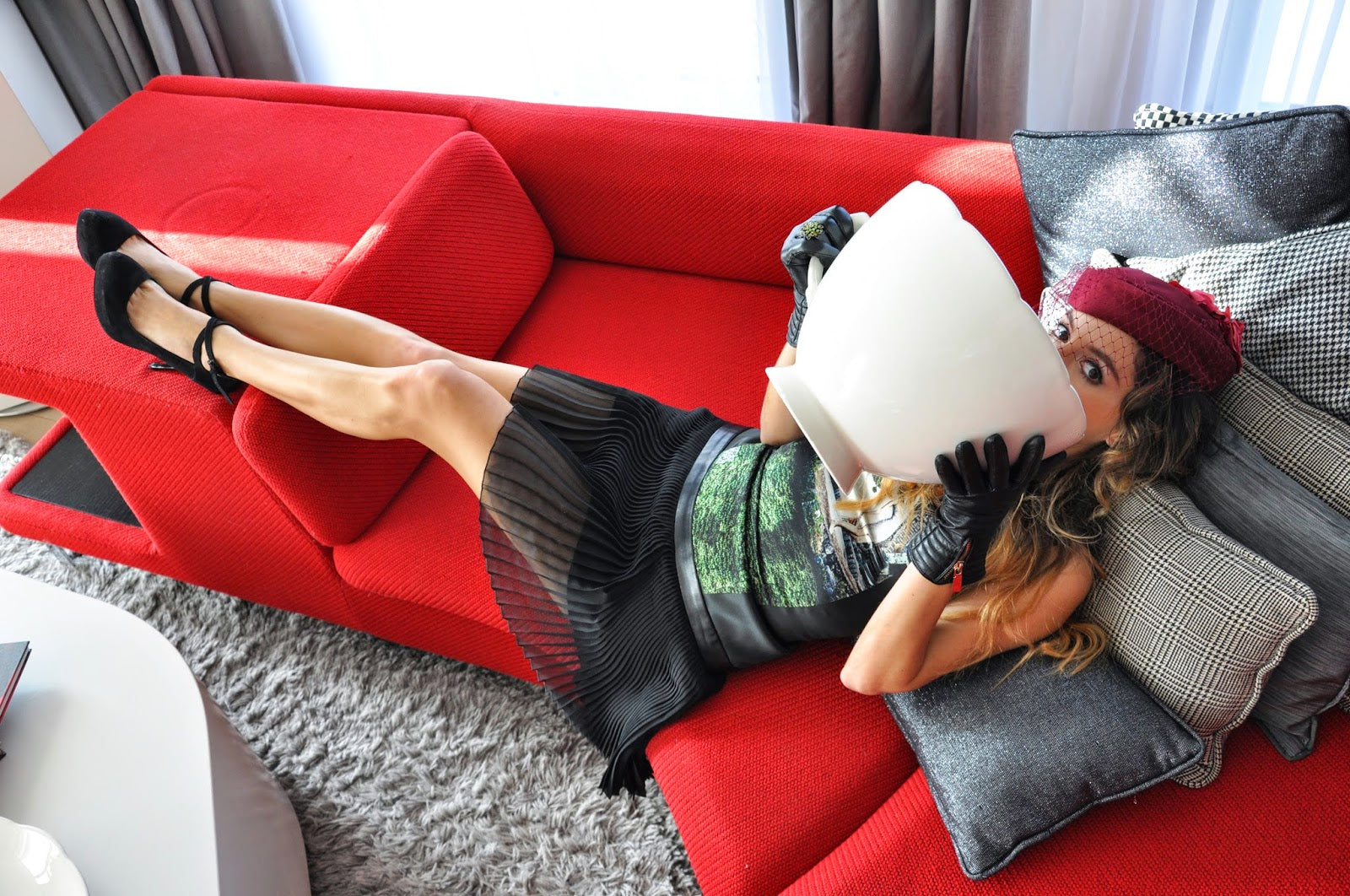
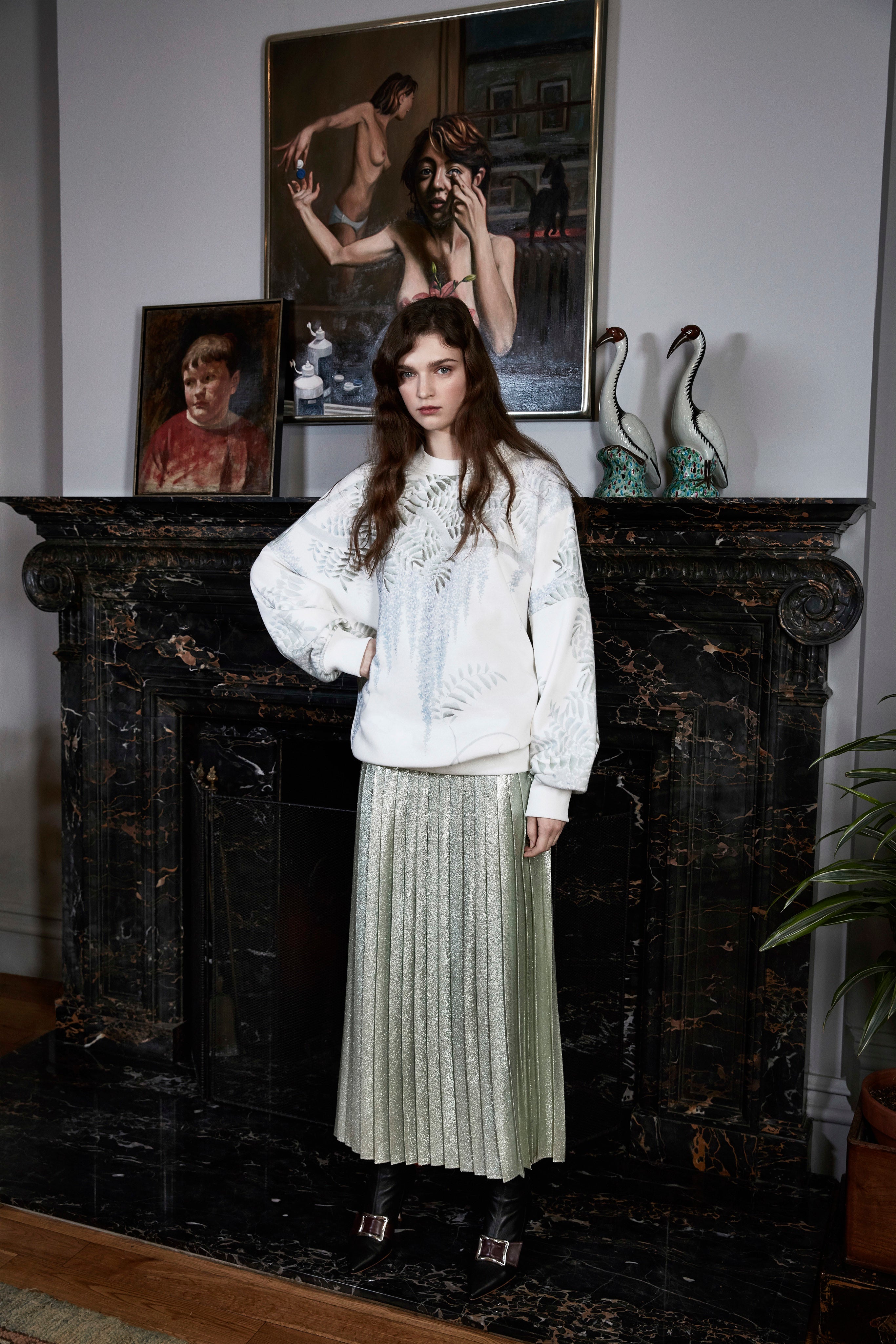
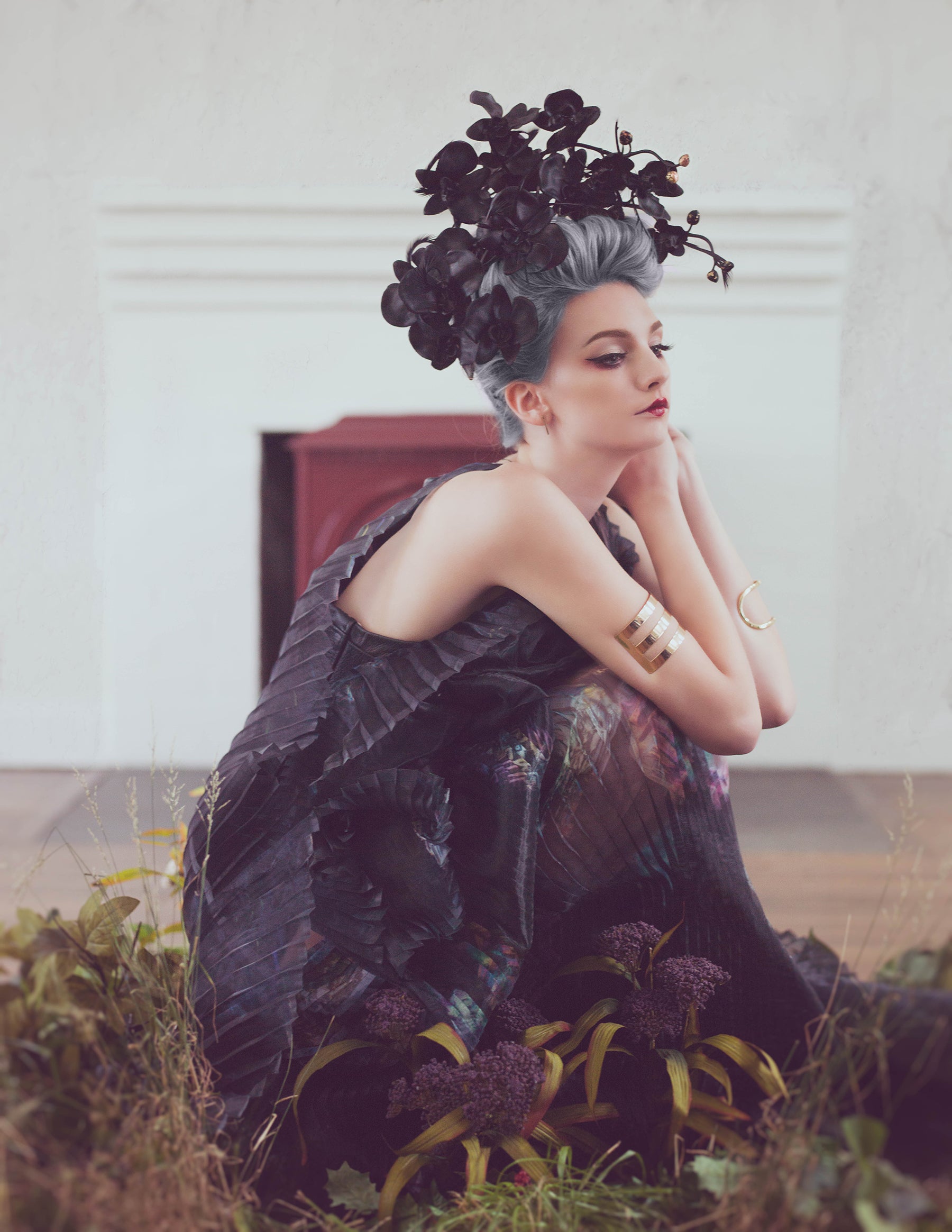
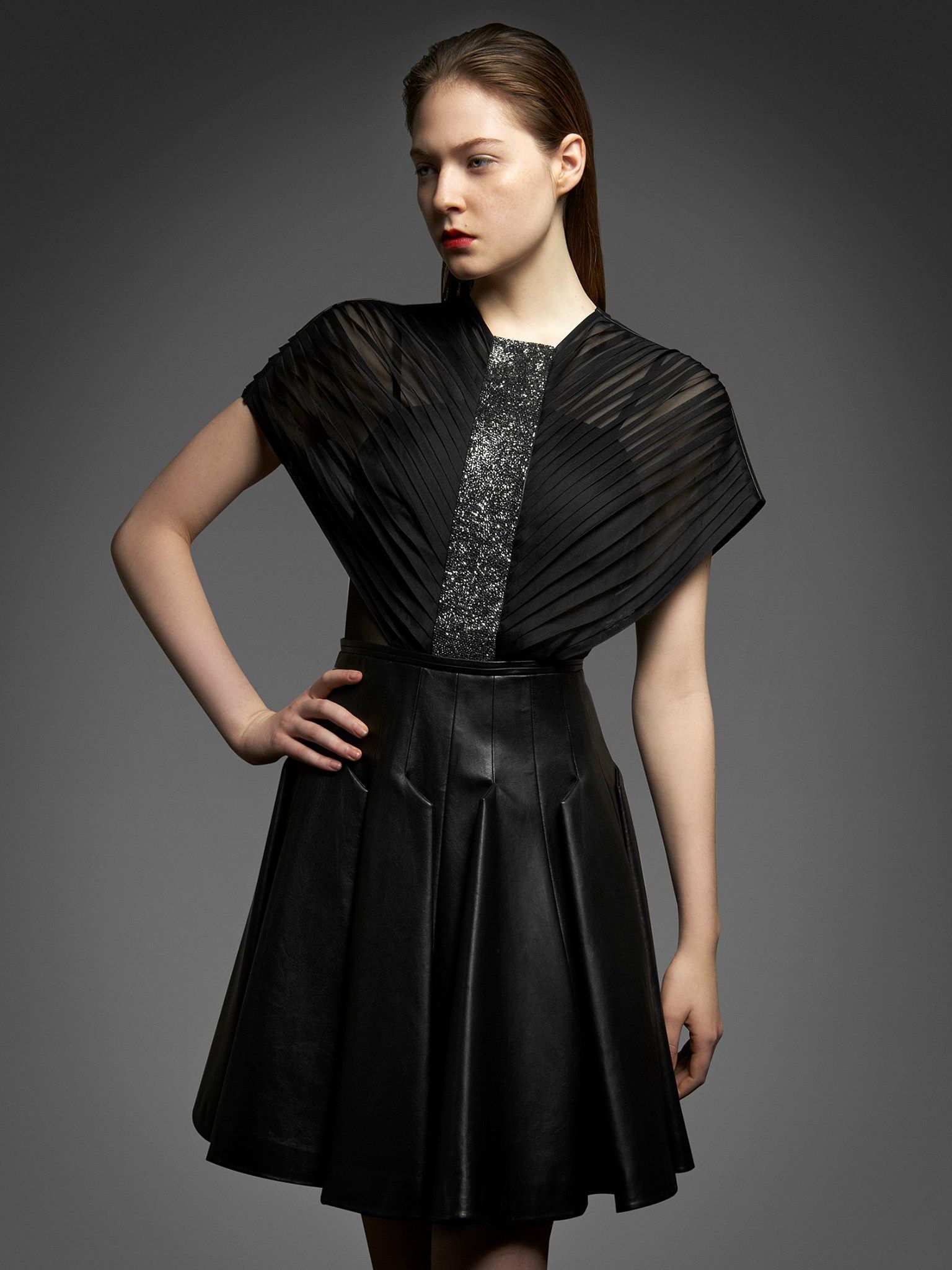
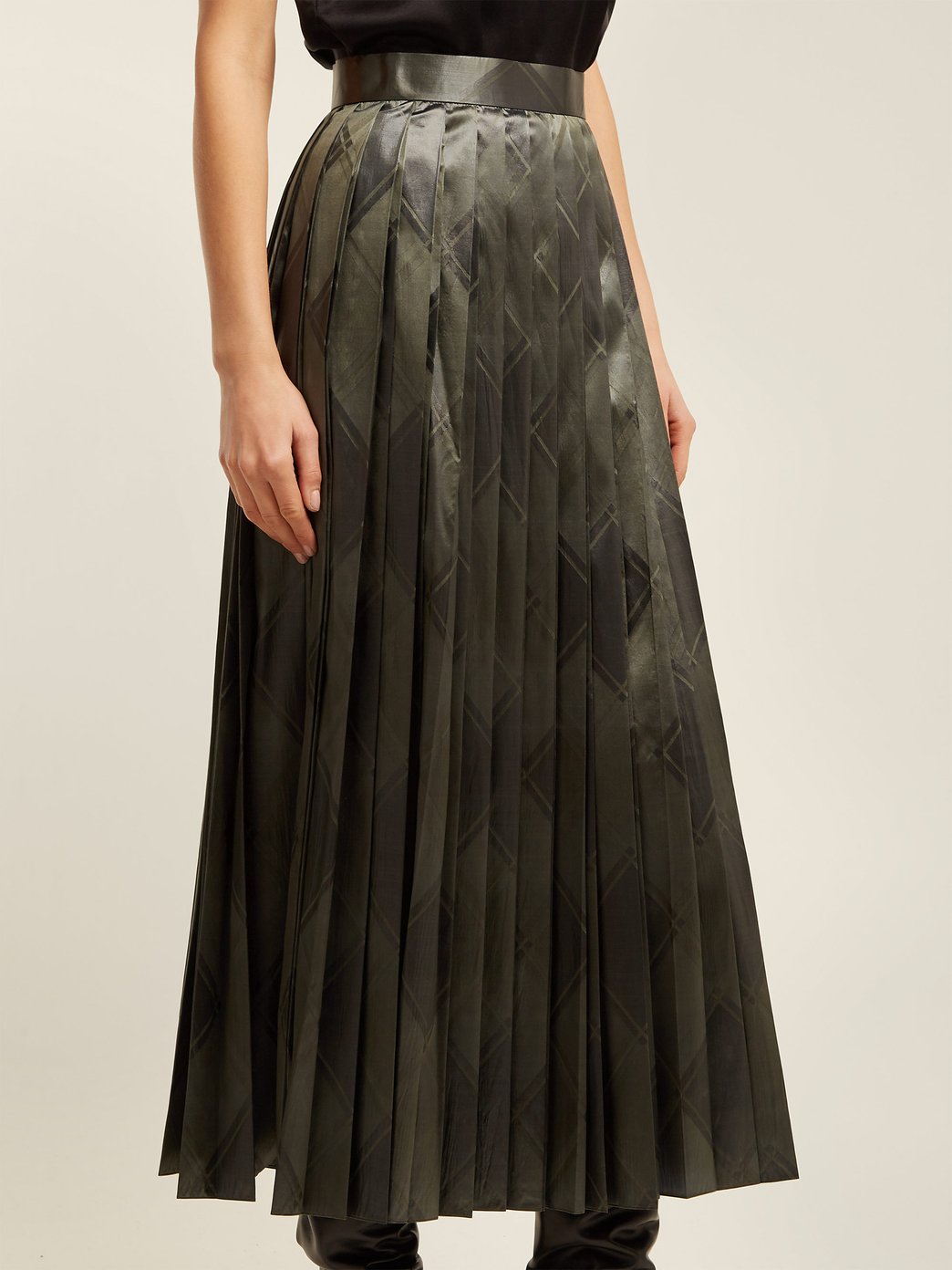
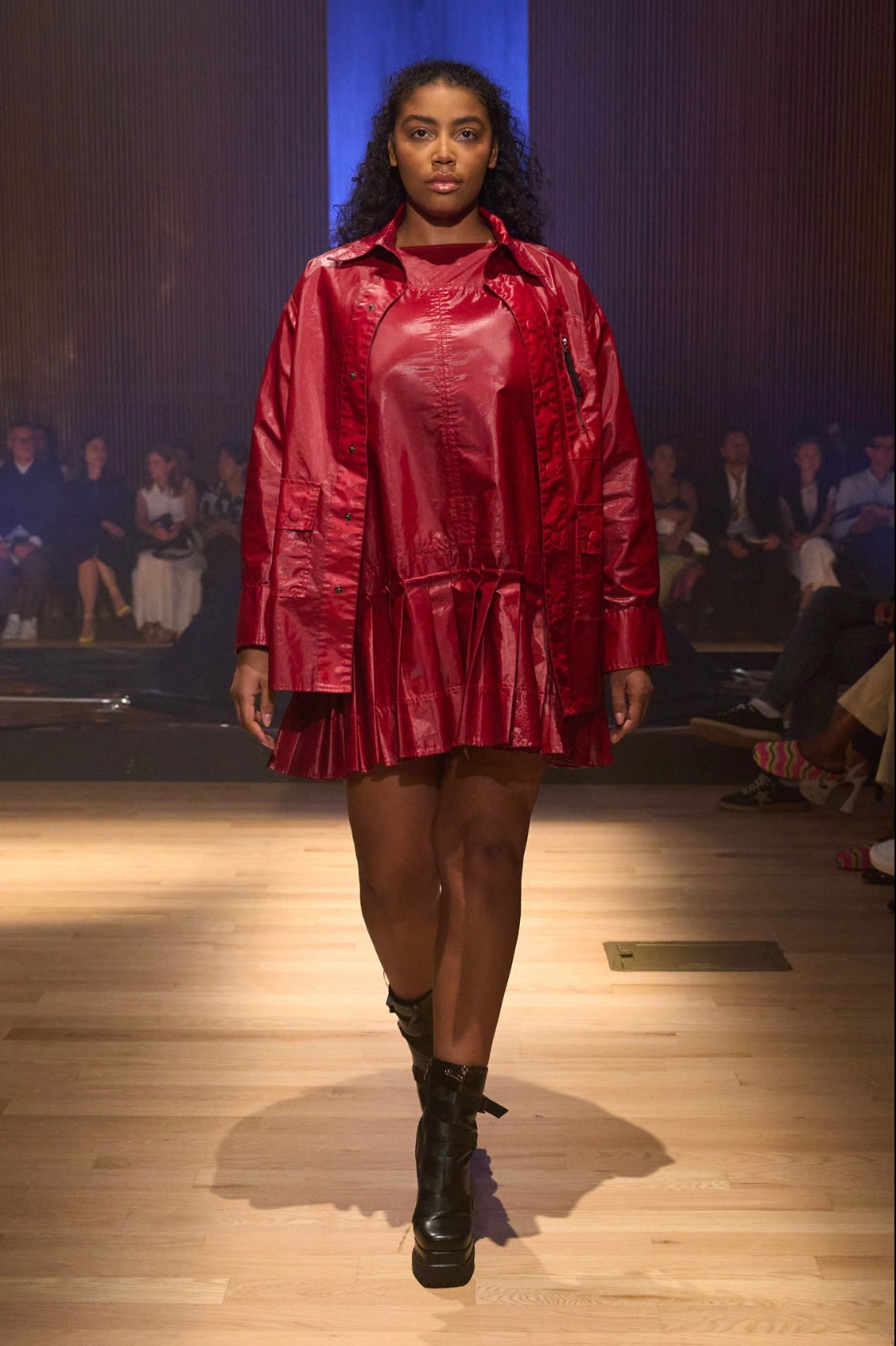
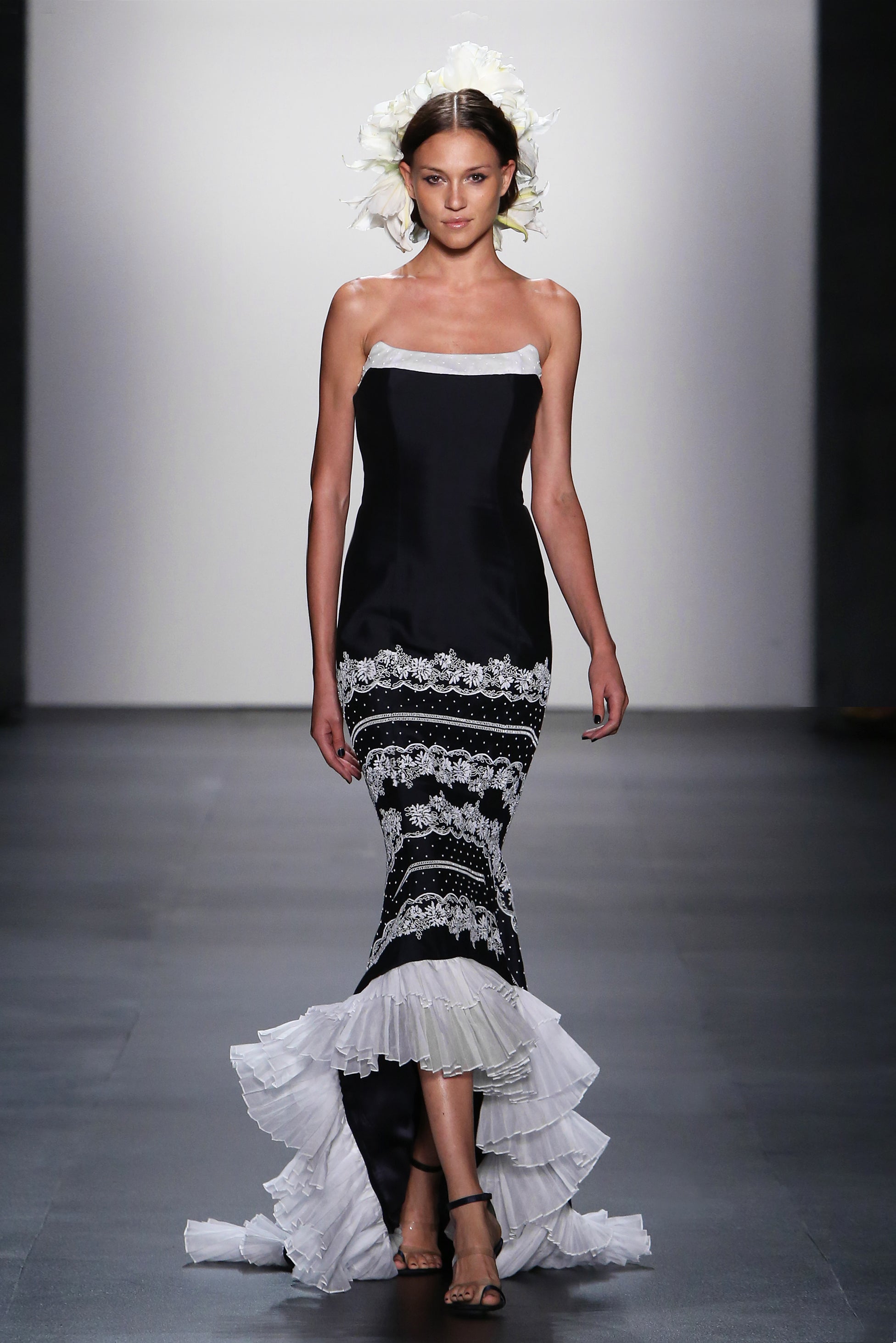
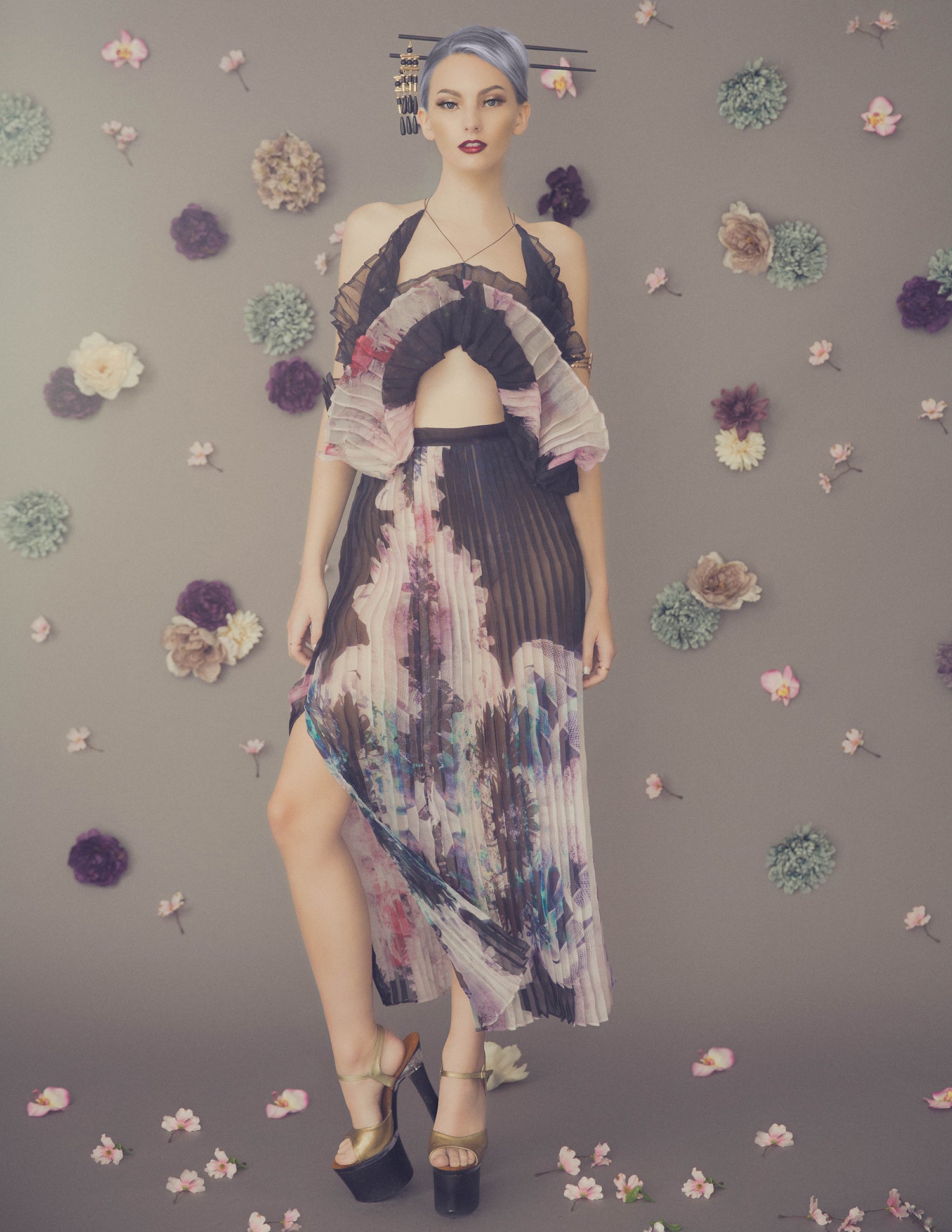
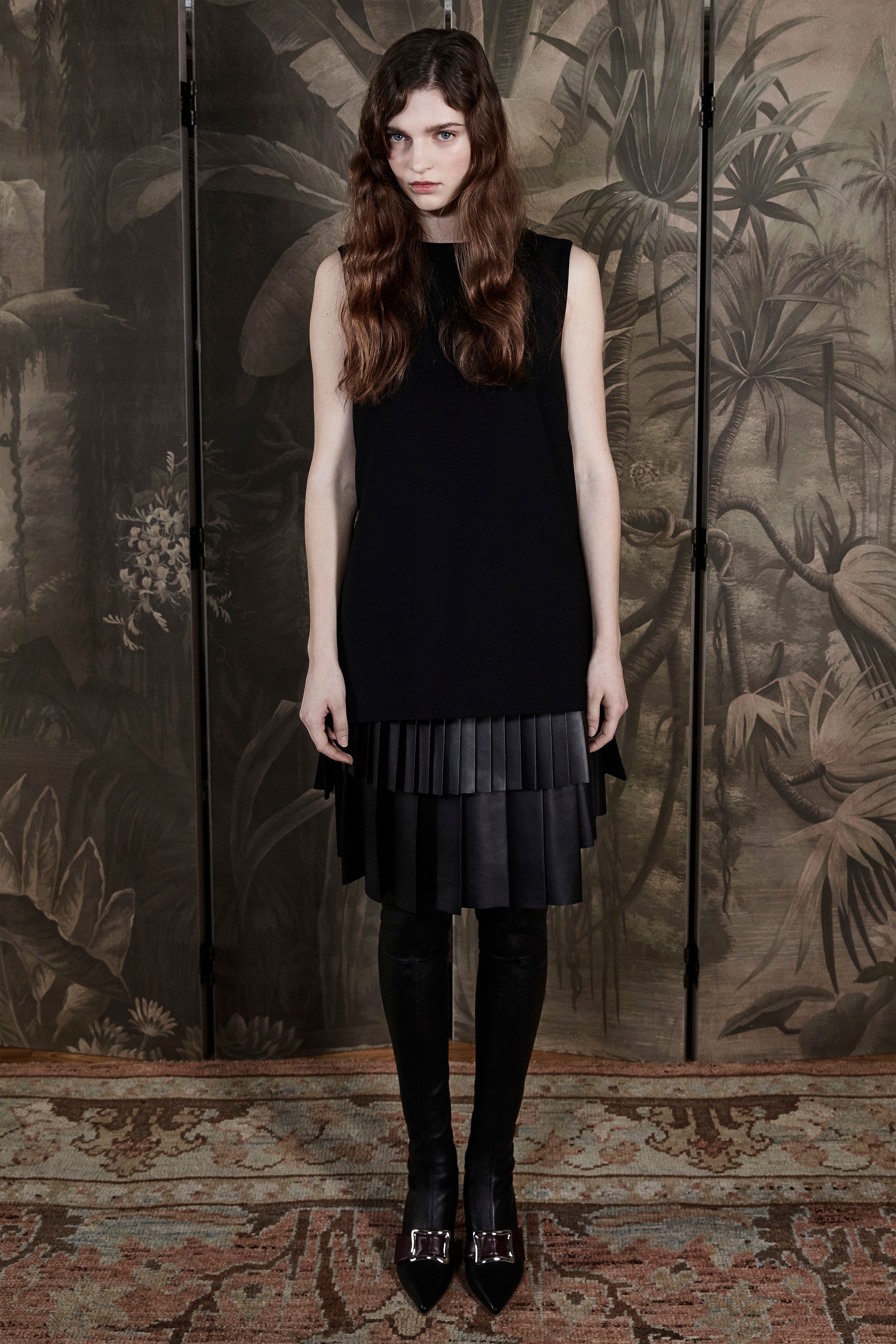
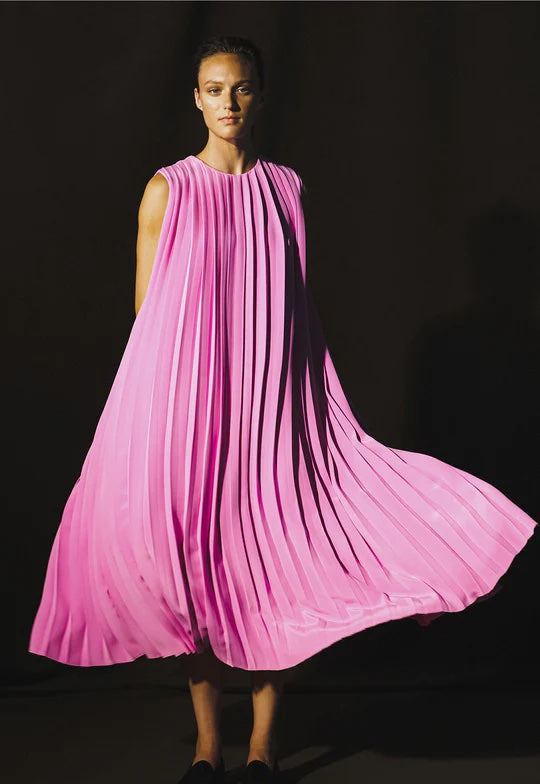
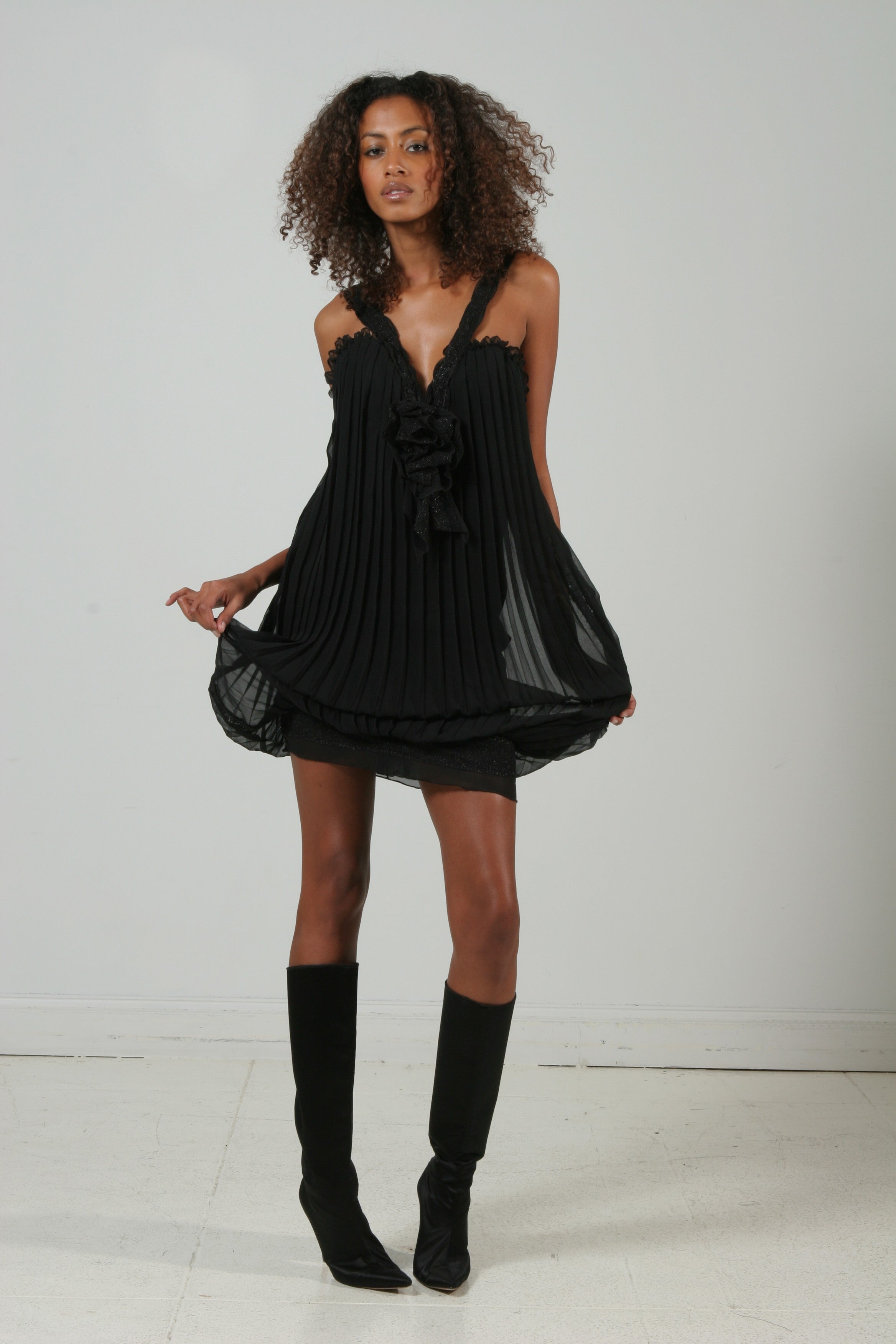
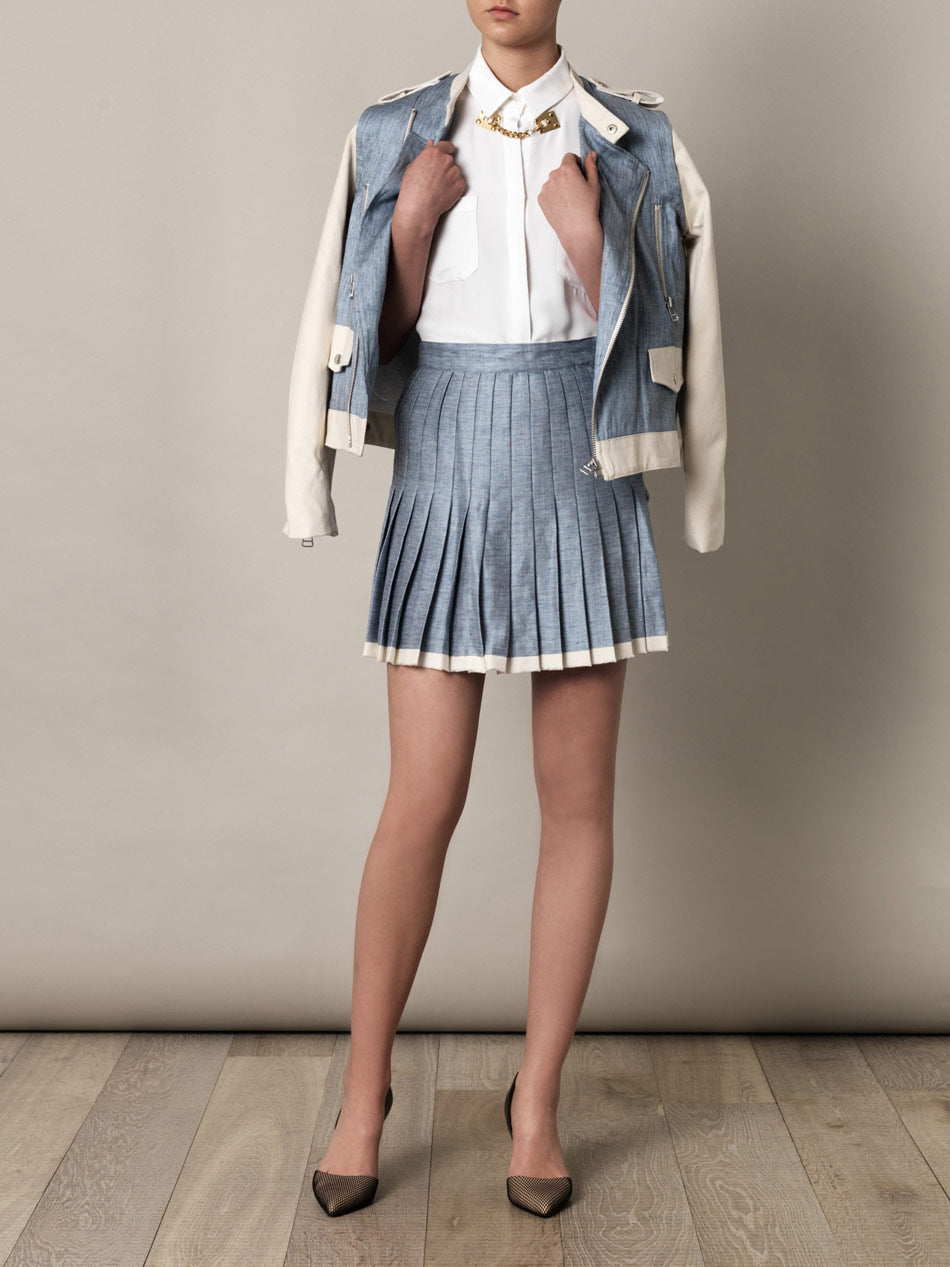

Before reading this page, please refer to How To Order Custom Pleated Fabric.
Once you have decided to order side pleating (aka knife pleating), follow the steps below to understand the additional steps necessary for calculating and preparing your order. Important information about side pleating:
- It can be pleated in a mold or completed by machine. Usually the length of a mold is 4 yards, but it could vary depending on the style of the mold. Pleating is done in increments of 4 yards. If pleated by machine the length can be as long as 50 yards.
- The length of the pleat in most molds is 48in. wide. Some molds are available in 60in., 72in. or longer. If pleated by machine the maximum width is 59in. Please contact us regarding any specific sizes you require.
- The measurements of the pleating are the same along the entire pleat. (From top to bottom).

Step 1. Pick your size and length required. The most common sizes are listed below. If you do not see the size or length you are looking for, send us an email (info@internationalpleating.com) to discuss a custom mold.
| Pleat Code |
Size |
Mold Dimensions | Machine |
| B4mm | 1/8" | N/A | Yes |
| B5mm | 1/8" | N/A | Yes |
| B6mm | 1/4" | N/A | Yes |
| B10mm | 3/8" | 48in. x 4yards / 60in. x 4yards | No |
| B12.5mm | 1/2" | 48in. x 4yards / 60in. x 4yards | No |
| B15mm | 5/8" | 48in. x 4yards | No |
| B20mm | 3/4" | 48in. x 4yards / 60in. x 4yards | No |
| B25mm | 1" | 48in. x 4yards / 60in. x 4yards | No |
| B30mm | 1 1/4" | 48in. x 4yards | No |
| B35mm | 1 3/8" | 48in. x 4yards | No |
| B37.5mm | 1 1/2" | 48in. x 4yards | No |
| B40mm | 1 5/8" | 48in. x 4yards | No |
| B50mm | 2" | 48in. x 4yards / 60in. x 4yards | No |
| B75mm | 3" | 48in. x 4yards | No |
Step 2. Determine how much pleated fabric you need. This is based of the number of garments you are making or your pattern specifications. For example: If you are making a skirt, please provide your hip measurement and skirt length. If you do not have a pattern or tech specs, we also provide Product Development Services.
Step 3. Calculate open yardage. Once you know how many pleated yards you need, you can determine how much "open yardage" is required before pleating. Usually specific pleat styles have a specific "loss factor" or "loss ratio" indicating the amount of fabric that will be used. In most cases the standard pleating loss factor is 3:1. Three yards will yield one yard of pleated fabric. However, we do have the capability to pleat fabric deeper or more shallow pleats in certain sizes. Generally, deeper pleats have a more couture look than shallower pleats.
Step 4. Choose your fabric quality. This is entirely based on your project needs. However, you should consider the following:
- The thinner the fabric the smaller/finer the pleat size. Thicker fabrics will force you to use larger pleat sizes.
- The thinner/softer the fabric, the more flowy it will be. Stiffer fabrics have a tendency to get more stiff after pleating.
Step 5. Hemming. If a crisp hem is desired it is usually easier to hem before the pleating is done. Hemming is usually done by our clients. However, we can provide this service if needed. Keep in mind that this will add several days to your order, depending on the quantity you require, the fabric you choose and the type of hem. Hemming details to consider include:
- A thick hem could create a problem or increase the size of your pleat style.
- If your seamstress stretches the hem during the sewing or pressing process, it could render your fabric useless.
- Thin hems like pearl edge are usually best for medium weight fabrics, whereas thinner fabrics like chiffons could be baby hemmed.
- Pre-hemming machine pleating requires tremendous precision. If not done properly, it can damage the fabric and render your fabric useless.
Step 6. Direction of pleating. When pleating fabric in panels, there are several options to choose from. Pleating can be done parallel to the selvedge, perpendicular to the selvedge or along the bias. There are many variables that will determine which is the most suitable, but describing all the possible variables would not be possible. However, better constructed garments usually are pleated parallel to the selvedge, and less expensive garments are pleated perpendicular to the selvedge. Each case is unique and if you are unfamiliar with this terminology, we recommend either working with a professional patternmaker or hiring our Product Development Services.
Furthermore, if you are pleating in panels (parallel to the selvedge), we do not recommend joining panels before pleating. If you do, we cannot guarantee the seam will not land on the face of the pleating. If you require all the panels joined before pleating, we recommend hiring our Product Development Services.
For more information regarding this step please consult Chapter 8 of Pleating: Fundamentals for Fashion Design.
Step 7. Cutting and prepping your fabric panels. If you are working with a seamstress or a sample room, they should cut the fabric panels to the specs you require and hem the panels so they are ready for pleating. Please ensure that the dimensions of your panels are not larger than our mold dimensions listed in Step 1, and the panels are a true rectangle and not warped due to incorrect cutting, hemming or pressing. Your fabric may be useless if not prepared properly, and may severely comprise the quality of your pleats. If you do not have a professional sample maker you can hire our Product Development Services.
To order custom side pleating please (larger than 1/2in.-12mm) fill out the Straight Table Pleating Order Form and watch the video instructions below:
To order custom side pleating please (smaller than 1/2in.-12mm) fill out the Machine & Organic Pleating Order Form and watch the video instructions below:
